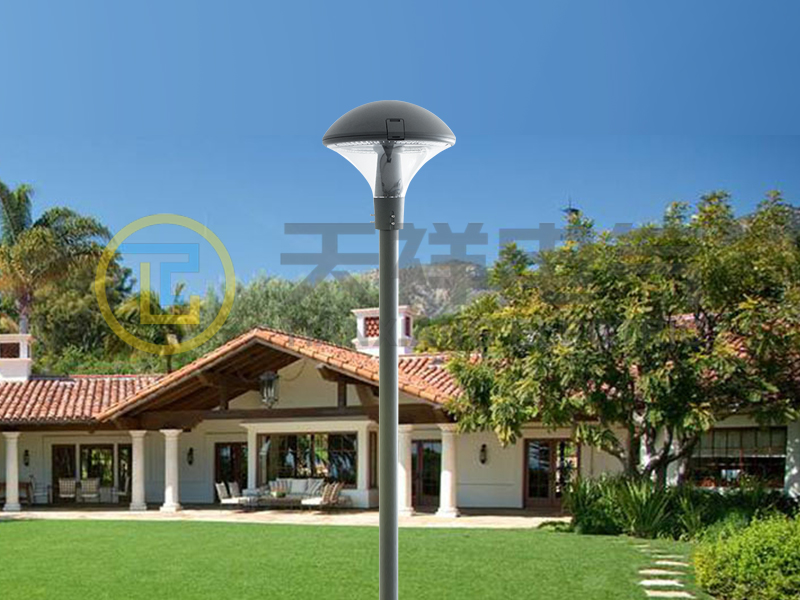Garden lights can certainly enhance the beauty and ambiance of your outdoor space. Whether you want to brighten your path, highlight certain landscape features, or create a warm and inviting atmosphere for a gathering, garden lights can add a charming touch of color to any garden. However, their electricity usage is a concern for many garden owners. In this article, we’ll explore the electricity usage of garden lights and give you some tips on how to reduce their energy consumption.
First, it’s important to note that the electricity usage of garden lights will vary based on a variety of factors, including the type of light, wattage, and time of use. Different types of garden lights consume different amounts of energy. For example, traditional incandescent garden lights tend to consume more electricity than LED lights. This is because LED lights are more energy efficient and convert a higher proportion of electrical energy into light energy rather than heat energy. LED lights are becoming increasingly popular due to their energy-saving advantages and longer lifespan.
Let’s dig into the numbers. On average, a traditional incandescent garden light with a wattage of 60 watts consumes about 0.06 kilowatt hours per hour. If the light is turned on for 8 hours a day, it will consume approximately 0.48 kWh per day and an estimated consumption of 14.4 kWh per month. In comparison, a 10-watt LED garden light consumes only 0.01 kWh per hour. Likewise, if it is turned on for 8 hours a day, it will consume approximately 0.08 kWh per day and approximately 2.4 kWh per month. These numbers clearly show that LED lights require significantly less power than incandescent lights.
Now, let’s discuss some strategies to further reduce your garden light’s electricity usage. One effective way is to use solar lights. Solar garden lights harness the sun’s energy during the day and store it in built-in batteries. This stored energy will then power the lights at night. By utilizing solar technology, you eliminate the need for electrical outlets or wiring, significantly reducing electricity consumption. Solar lights are not only environmentally friendly but are also cost-effective in the long run.
Another way to reduce energy consumption is to use motion sensor lights. These lights come with built-in motion detectors that only activate the light when motion is detected. By incorporating motion sensors, the lights will not remain illuminated unnecessarily throughout the night, saving energy. Motion sensor lights are especially beneficial for security purposes or in areas with low foot traffic.
Additionally, you can utilize a timer to control the duration of your garden lights. By programming your lights to turn off automatically after a certain period of time, you can avoid leaving them on unnecessarily. A timer is especially useful if you often forget to turn off the lights manually. This way, you can ensure that the light only consumes energy when needed.
Finally, consider optimizing the position and angle of your garden lights. Proper placement can help you get the most out of your light output. By strategically placing lights, you can minimize the number of lights needed while still achieving the lighting you want. Make sure the lights are not obscured by plants or other objects as this may result in wasted energy.
In summary, while garden lights do consume electricity, there are ways to minimize their energy consumption. Choosing LED lights, and solar lights, using motion sensors, utilizing timers, and optimizing placement are all effective strategies for reducing electricity consumption. By implementing these technologies, you can enjoy the beauty of garden lights while paying attention to energy consumption and contributing to a green environment.
If you are interested in garden lights, welcome to contact Tianxiang to get a quote.
Post time: Nov-30-2023





